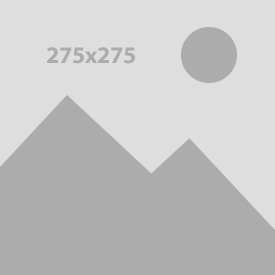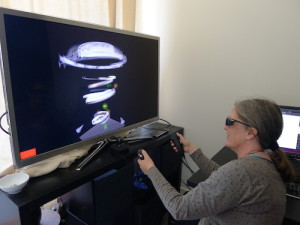Breakthrough
Submitted by Meredith Tromble on Saturday, 07/05/2014 2:59pm
 Dawn working on Dream Vortex Prototype 4 in her Middlebrook Studio at the Djerassi Resident Artists program.
Dawn working on Dream Vortex Prototype 4 in her Middlebrook Studio at the Djerassi Resident Artists program.
 Dawn working on Dream Vortex Prototype 4 in her Middlebrook Studio at the Djerassi Resident Artists program.
Dawn working on Dream Vortex Prototype 4 in her Middlebrook Studio at the Djerassi Resident Artists program.


Six scientists and six artists are about to embark on the month-long Scientific Delirium Madness residential retreat starting 1 July 2014 in Woodside, CA. Thanks to Margot Knight, Executive Director of the Djerassi Resident Artists Program (DRAP), Leonardo/ISAST and DRAP have joined forces for this art/science residency for our first collaboration.




Editorial by Jack Ox
The art world is, as always, engaged in the boomlets of the moment; right now, that includes art-science. This is a good reason to establish a procedure for determining what art-science is. For instance, is it art-science if a painter makes a painting of a Petri dish?

Editorial by Frieder Nake
“One might justifiably question the artist’s role in images that are not merely assembled by the computer in its capacity as a tool, but generated directly by it. Where is the human input?” Lambert, Latham and Leymarie recently raised this question [1].
The core of their question is as old as computer art (about 50 years). I prefer calling such work algorithmic art; although algorithmic art does not necessarily involve a computer, this term is more distinctive.

Editorial by Ricardo Dal Farra
We live in a world that is reaching a critical point, at which the equilibrium between a healthy environment, the energy our society needs to maintain or improve this lifestyle and our interconnected economies could quickly change, from the current complex balance to a completely new reality wherein unbalance would be the rule and human beings would have to become more creative than ever before in order to survive. Have the arts a role in all this? Do artists have a responsibility in this context?